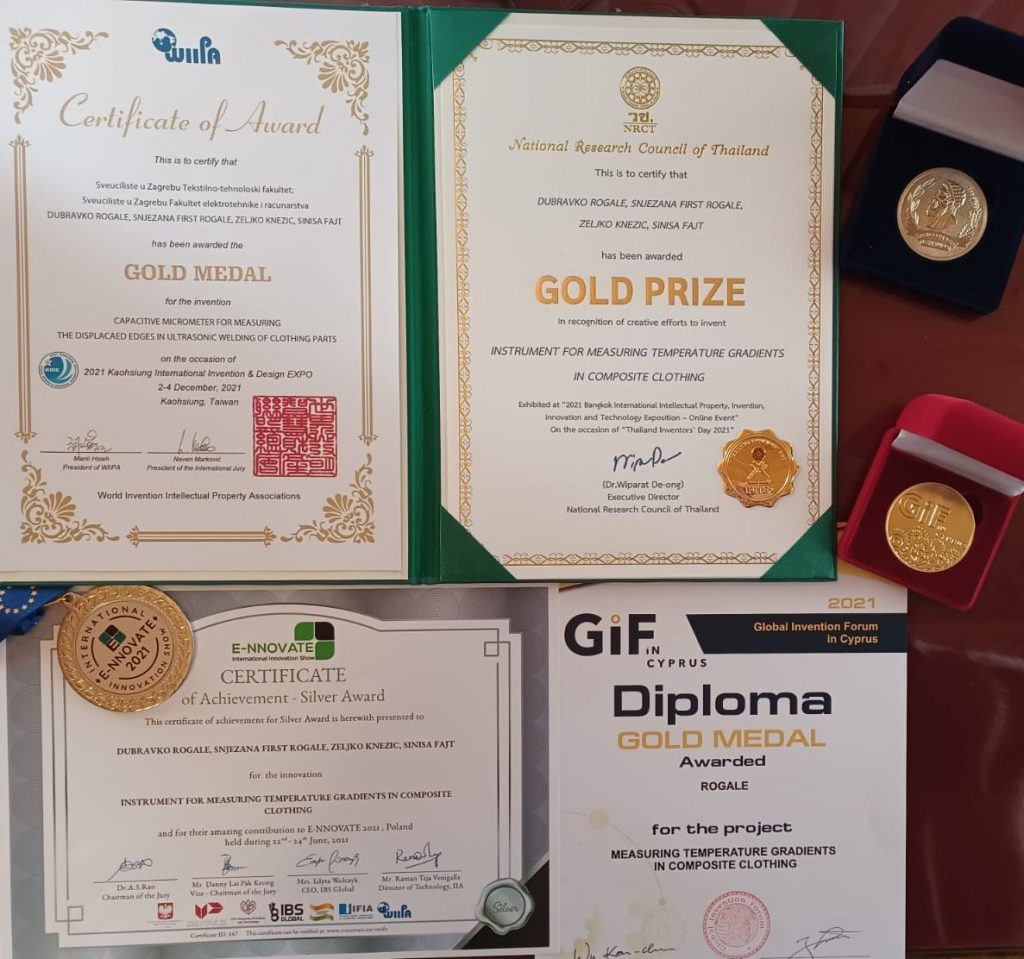============================================================
Odjel za antene i širenje elektromagnetskih valova (AP), Odjel za teoriju i primjenu mikrovalova (MTT) i Zajednički odjel za zrakoplovne elektroničke sustave te geoznanosti i daljinska istraživanja (AES/GRS) Hrvatske sekcije IEEE, Znanstveni centar izvrsnosti za znanost o podatcima i kooperativne sustave (ZCI-DATACROSS), Zavod za komunikacijske i svemirske tehnologije Fakulteta elektrotehnike i računarstva te Odjel komunikacijskih sustava HATZ pozivaju vas na predavanje:
“Computationally efficient modeling of mutually coupled finite array antennas”
koje će održati Tomislav Marinović, PhD, Chalmers University of Technology, Göteborg, Švedska. Predavanje će se održati u petak, 28. siječnja 2022. godine s početkom u 12:00 sati na platformi Zoom.
Poveznica za pristup: https://zoom.us/j/98832903042?pwd=eXZWcGViczFkRnpEekFrTGMvVDh2UT09
Meeting ID: 988 3290 3042
Passcode: 872895
Predavanju je moguće nazočiti i uživo u seminaru ZKIST, prostorija C12-02; FER, Unska 3, Zagreb.
============================================================
Abstract:
In this talk, I will summarize my research efforts in developing various computationally efficient tools for modeling the effects of mutual coupling (MC) in finite array antennas. Reliable design of finite antenna arrays, which are widely used in different applications including 5G / 5G+ massive MIMO communication systems, depends on the ability to accurately analyze the MC effects in a computationally efficient manner. This is particularly important in the context of an iterative design strategy for antenna arrays for massive MIMO base station applications, where several large array configurations may need to be analyzed before the optimal configuration is found. In such cases, the use of the conventional full-wave direct approaches for the analysis of the antenna array MC, may become prohibitive in terms of runtime and memory requirements, owing to the poor scaling of such approaches with the system size. In collaboration with several academic and industrial partners, I recently proposed several efficient approaches which address these challenges. These approaches include: (i) various iterative solution techniques applied to a classical linear system in the context of the method of moments (MoM), which outperform direct approaches; and (ii) the nonclassical (field-based) iterative solver based on the simulated far-field data of an isolated antenna element. Since the latter approach does not require tackling a large-sized MoM matrix of the entire antenna array, the orders-of-magnitude runtime and memory savings in comparison to commercially available solvers can be achieved by using this approach.
Biography:
Tomislav Marinović received the M.Sc. degree in information and communication technology (summa cum laude) from the University of Zagreb, Zagreb, Croatia, in 07/2016, and the degree of Licentiate of Engineering from the Chalmers University of Technology, Gothenburg, Sweden, in 11/2020. He also holds a double Ph.D. degree awarded by KU Leuven, Leuven, Belgium, and the Chalmers University of Technology, Gothenburg, Sweden, in 12/2021.
During his Ph.D., he participated in the Marie Curie Innovative Training Network (ITN) “SILIKA” project funded by the European Union’s Horizon 2020 Research and Innovation Program. In this period, he was the Visiting Researcher at NXP Semiconductors, Eindhoven, The Netherlands; Eindhoven University of Technology, Eindhoven, The Netherlands; TNO, The Hague, The Netherlands; Ericsson Research, Gothenburg, Sweden; and Stellenbosch University, Stellenbosch, South Africa.
His main research interests include antenna array modeling and computational methods in electromagnetics, and his work has been published in several articles in international journals and conference proceedings. He is a technical reviewer for two IEEE journals. Moreover, he has helped promote science to a wider audience by (co-)organizing interactive science workshops with an emphasis on emerging technologies and space exploration.

